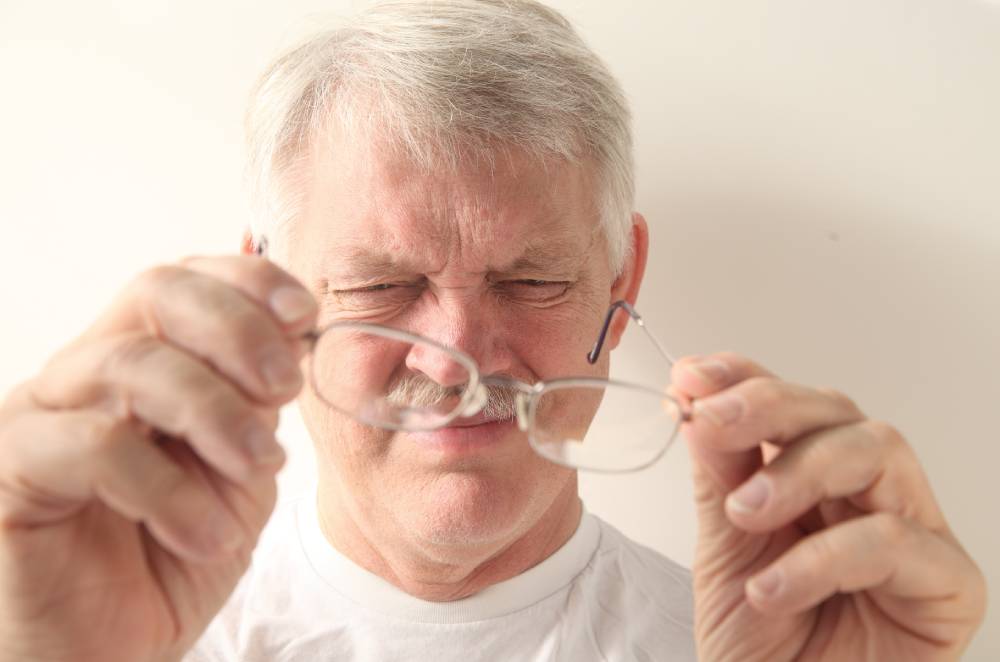
What Are the Symptoms of Low Eye Vision?
Most people thought to be entirely blind have some sight left. Low eye vision is sight loss that eyeglasses, contact lenses, or surgery cannot correct. Low eye vision leaves some sight remaining. The condition has various sight loss degrees. You can have a blind spot or nearly total sight loss.
The American Optometric Association categorizes low vision into two. Partially sighted is the first category. It happens when one has a visual acuity between 20/70 and 20/200 by using conventional prescription lenses. The second category is legally blind, where an acuity test is not better than 20/200 with regular correction.
What Causes Low Vision?
Low vision arises from disorders or injuries that affect your eyes. You can also experience it from conditions that affect your body, such as diabetes. Some of the causes of low vision are macular degeneration and glaucoma. You can also get it from albinism or cancer of the eye.
Inherited eye disorders like retinitis pigmentosa and brain injury can lead to low vision. Anyone can suffer from this condition because it results from various injuries and diseases.
Types of Low Vision
Below are some of the common types of low vision:
- Blurred vision - Seeing both near and far objects as out of focus.
- Loss of central vision - Experiencing this can create a blind spot or blur. But your side or peripheral vision will remain. You can struggle to recognize faces and read. With your side vision left, your mobility will remain unaffected.
- Loss of peripheral vision - People with no peripheral vision have no sight of what is on one or either side. You also cannot see anything below or above your eye level. You remain with your central vision, making it possible to see ahead. But the loss of peripheral vision can affect your mobility. You can read slowly, as you can only see one word at a time.
- Light glare sensitivity - If light overwhelms your visual system, you suffer from glare sensitivity. You may experience discomfort or pain from normal light levels.
- Reduced contrast sensitivity - Individuals with reduced contrast sensitivity see cloudiness in their sight. They lack vision quality.
- Night blindness - If you cannot see in dimly lit areas or at night while outside, you have night blindness.
Symptoms of Low Eye Vision
Individuals with low eye vision can experience the following symptoms:
- Hazy vision.
- Night blindness.
- Blurred vision.
- Loss of peripheral vision.
- Loss of central vision.
- Sensitivity to glare.
- Sensitivity to low contrast.
Diagnosis
Your doctor will have to do an eye exam to detect low eye vision. Make an appointment for a checkup if you experience vision problems affecting the quality of your life.
Your eye doctor will use charts, lighting, and magnifiers to examine your visual acuity, visual fields, and depth perception.
Is There Treatment for Low Vision?
Unfortunately, there is no treatment to cure low eye vision. Surgery, eyeglasses, or medicine can sometimes help improve vision. Your eye doctor can recommend a treatment based on the condition that caused low eye vision. It is essential to ask your doctor for the treatment that helps protect the remaining sight.
For more on low eye vision, visit Advanced Eyecare Consultants at our office in Libertyville or Lake Zurich, Illinois. You can also call 847-994-4500 or 847-438-7700 to book an appointment today.








